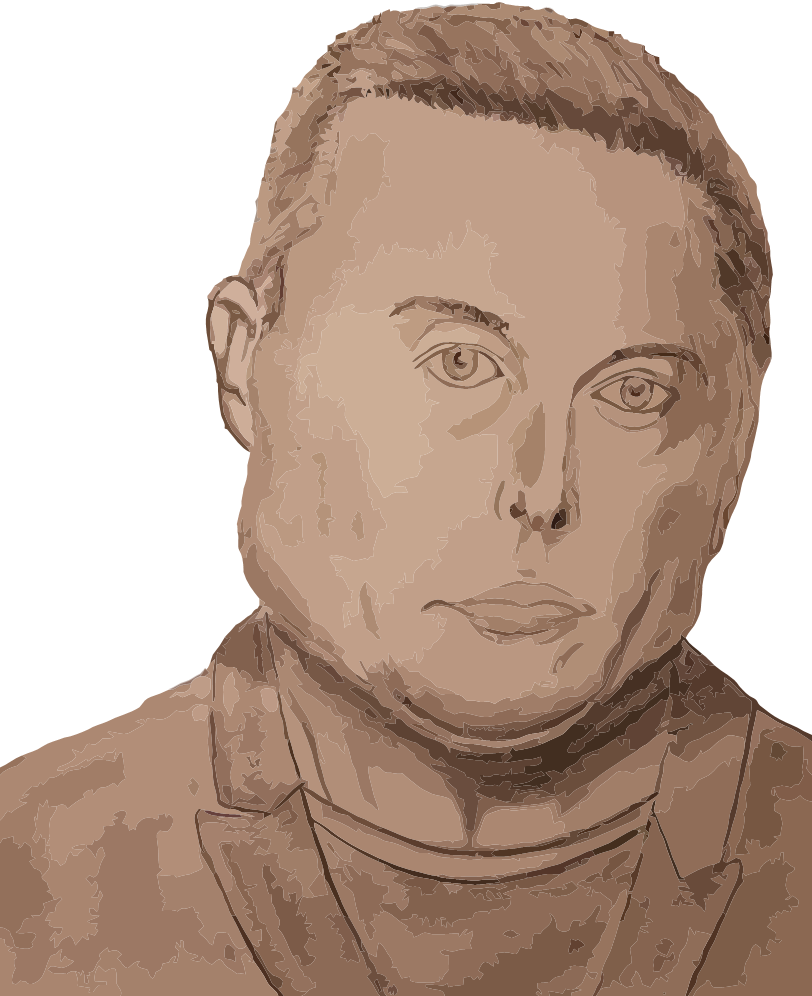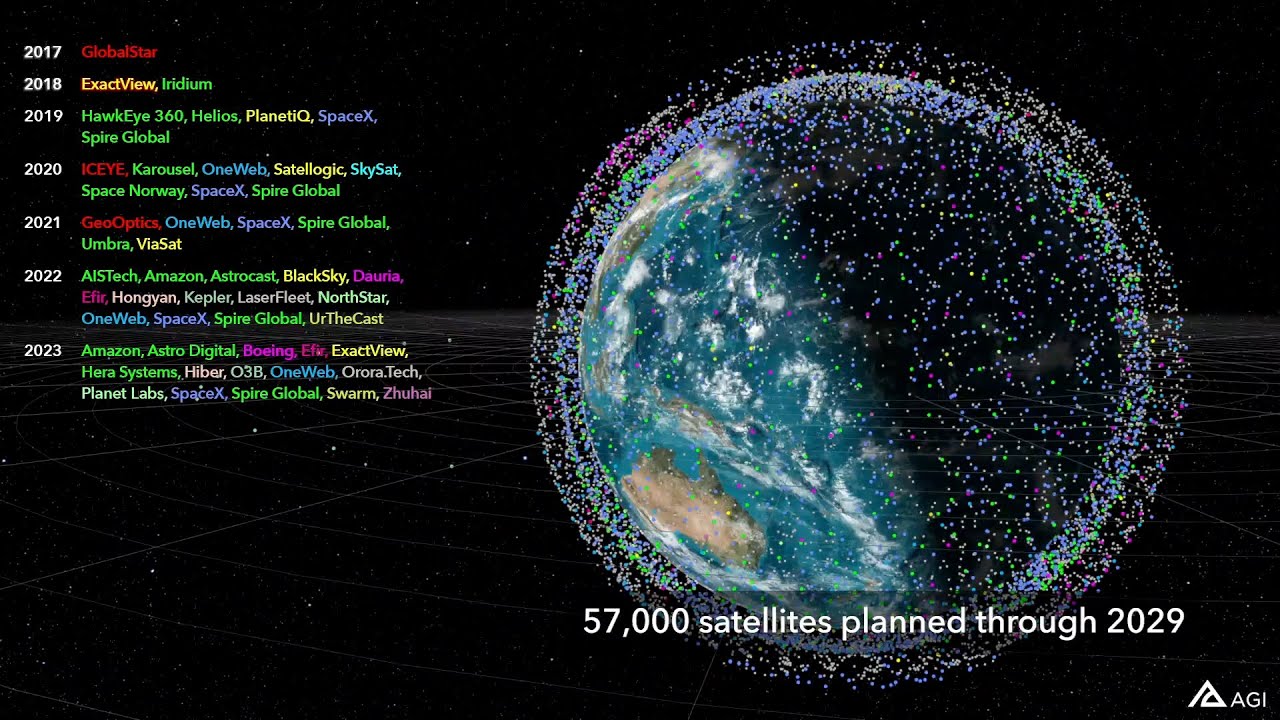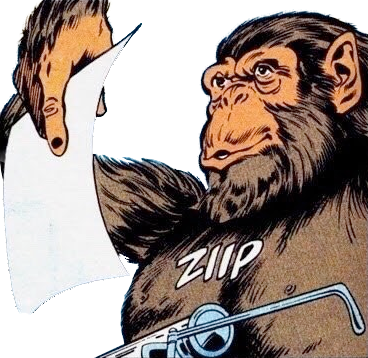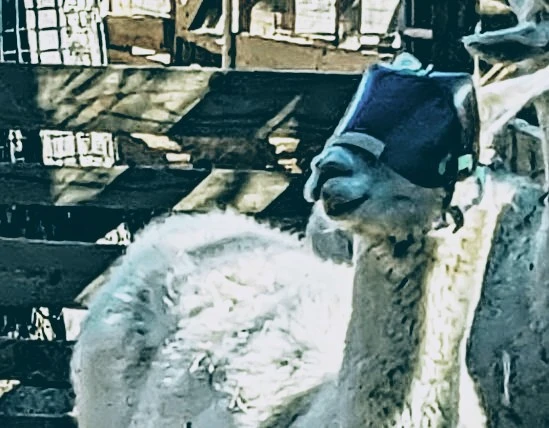

Because of their military applications as soon as any actual war happens, these satellite constellations are 100% going to be getting targeted with weapons, dumping even more shit in orbit around them
just gonna reconcile the “space is too big” folks with the “this is a surefire guarantee” folks
each of these dots is roughly the size of a car, maybe up to a bus. Imagine walking around the entire equator, with only 60,000 cars dotted around the earth; for the entire journey, you have probably like coin flip odds of seeing a single car within a few hundred yards of you. This is compounded by the fact that even if you were to see two, and not only that they were both in your way and you had to go around them (this very loosely represents a possible collision), in space, not only do they have to occupy this exact same orbital ring, they also have to be at the same altitude, which can vary by thousands of miles, and in the same place at the same time, which is dependent on timing faster than a second.
This isn’t to suggest Kessler Syndrome isn’t real - the Iridium 33/Cosmos 2251 collision happened by accident and has since caused 2000 unique pieces of orbital debris, and this was just random bad luck. A single nut or bolt at orbital velocity can have well over hundreds of times the energy of a bullet from a high powered rifle and can dislodge tens to hundreds of like pieces from another satellite, causing the problem to compound. Still, space is so vast that this is somewhat unlikely. Additionally, this already happened, most or all of the debris is still there, and we still didn’t get Kessler Syndrome yet.
The problem compounds with factors like shared orbits (Starlink), a large number of objects (Starlink), especially when they share one altitude (Starlink), and formation flight (Starlink).

Kessler syndrome actually isn’t really a huge concern with Starlink, as those satellites (and any debris) are in such a low orbit that they will deorbit on their own (within months or a few years) if control is lost or the satellite breaks apart. There are specific orbital distances where Kessler syndrome is a concern, where the satellites are too far away to be deorbited without assistance but close enough that they could interfere with new launches (unlike a graveyard orbit, which will never deorbit but is far away enough to not be a major issue.)
I’m not a Musk fan, and I get that this is a shit post, but there is a large portion of people who have no concept of just how vast that area is, how expensive it is to launch, etc. which prevents us from filling that space.

Kessler Syndrome is a real thing, and the space doesn’t have to be filled for it to happen. The more random junk is floating around, the higher risk of collisions.
That’s why US and Israeli ships are still transiting the Red Sea because there is only a significant likelihood eventually of being struck by rather than a true saturation of the area 🤔
The ISS already gets regularly struck by very small debris






